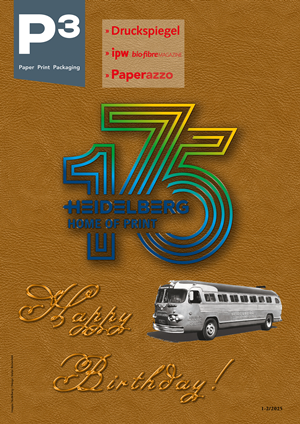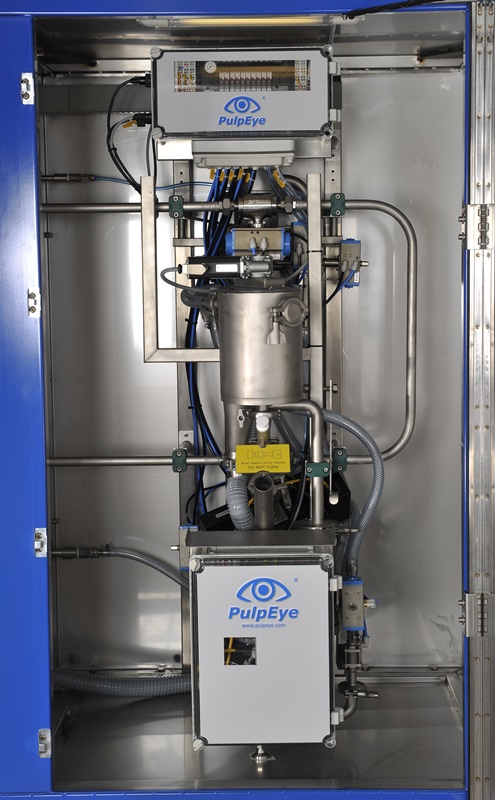P3 7-8/2020 en
PulpEye
Thirty CrillEye Modules Installed Worldwide
Arena

Since the first installation in 2013, PulpEye has now installed thirty CrillEye online analysers worldwide. The technology, developed in cooperation with Innventia, makes it possible to measure the amount of crill and hence to calculate and control tensile, tear, burst, Scott Bond, z-strength bulk, and density in combination with fibre data.
Crill consists of fibrils which are about one hundred times thinner than the fibres, invisible for traditional camera technology. Even though crill represents only approx. 1% by weight of the particles in a suspension, it may contribute to as much as 50 % of the free surface. The more crill found on and around fibres, the better binding ability they have, which in turn results in a stronger paper and board. The original technology was invented at Innventia, now a part of the Swedish research institute RISE, and in 2013 the cooperation between Innventia and PulpEye resulted in the CrillEye module.
“Waggeryd Cell, a Swedish producer of BCTMP pulp, was the first brave company to try CrillEye technology on mechanical pulp and we had a very good cooperation when starting up and finetuning the technology,” says Öjvind Sundvall, MD at PulpEye. “CrillEye combined with the ExtractEye software means that tear, tensile, burst, z-strength, Scott Bond, bulk and density can be calculated by this technology. As the CrillEye measurements are online, less man-hours are required to do these tests manually in the laboratory.”
“Once the technology was proven at Waggeryd Cell the number of installations started to take off, in the beginning by customers adding a CrillEye to their existing set of PulpEye modules but it is now standard in our deliveries. Since its introduction, the number of CrillEye modules recently reached thirty and is in use in pulp and paper mills worldwide. CrillEye number 30 was recently delivered to a European kraft paper mill.”







